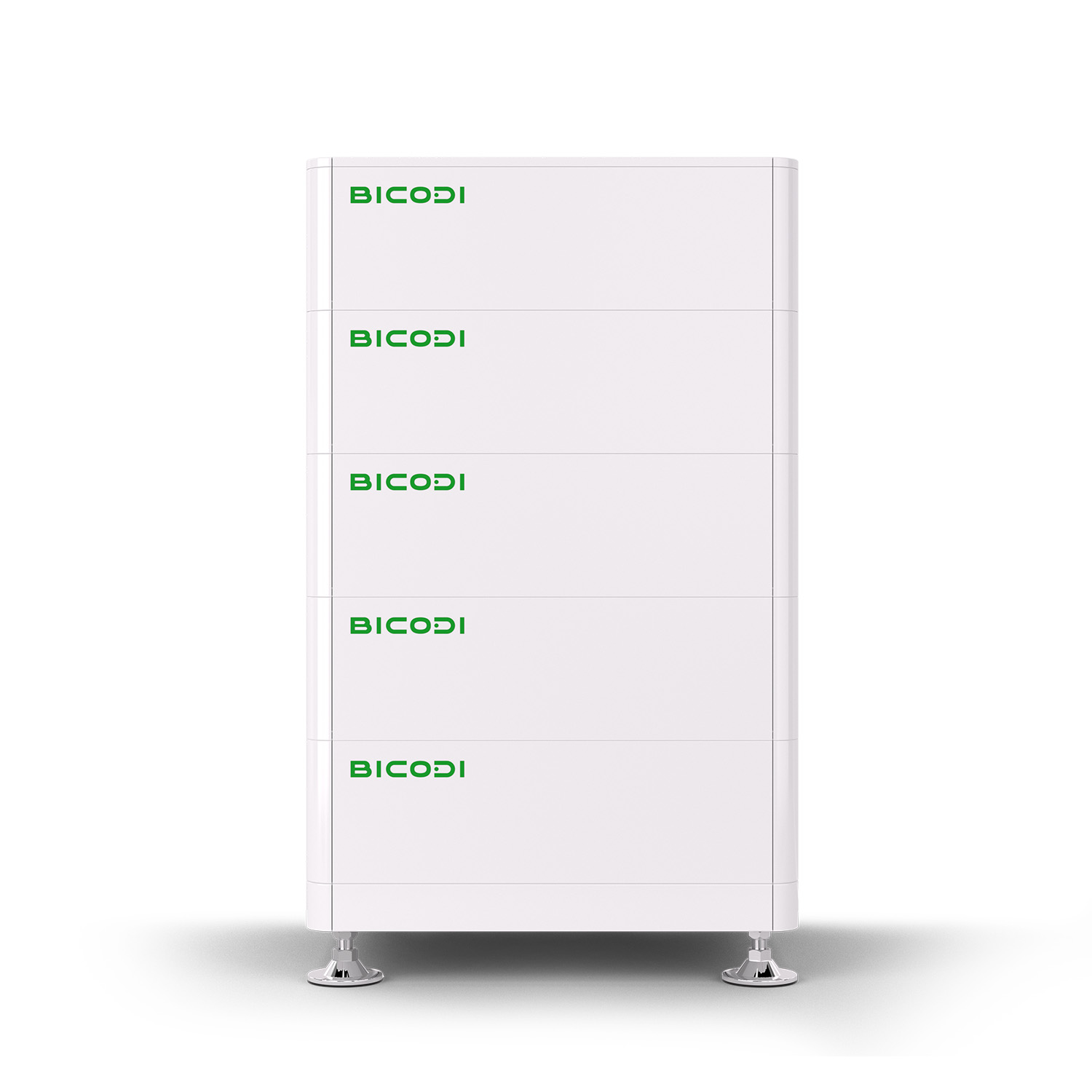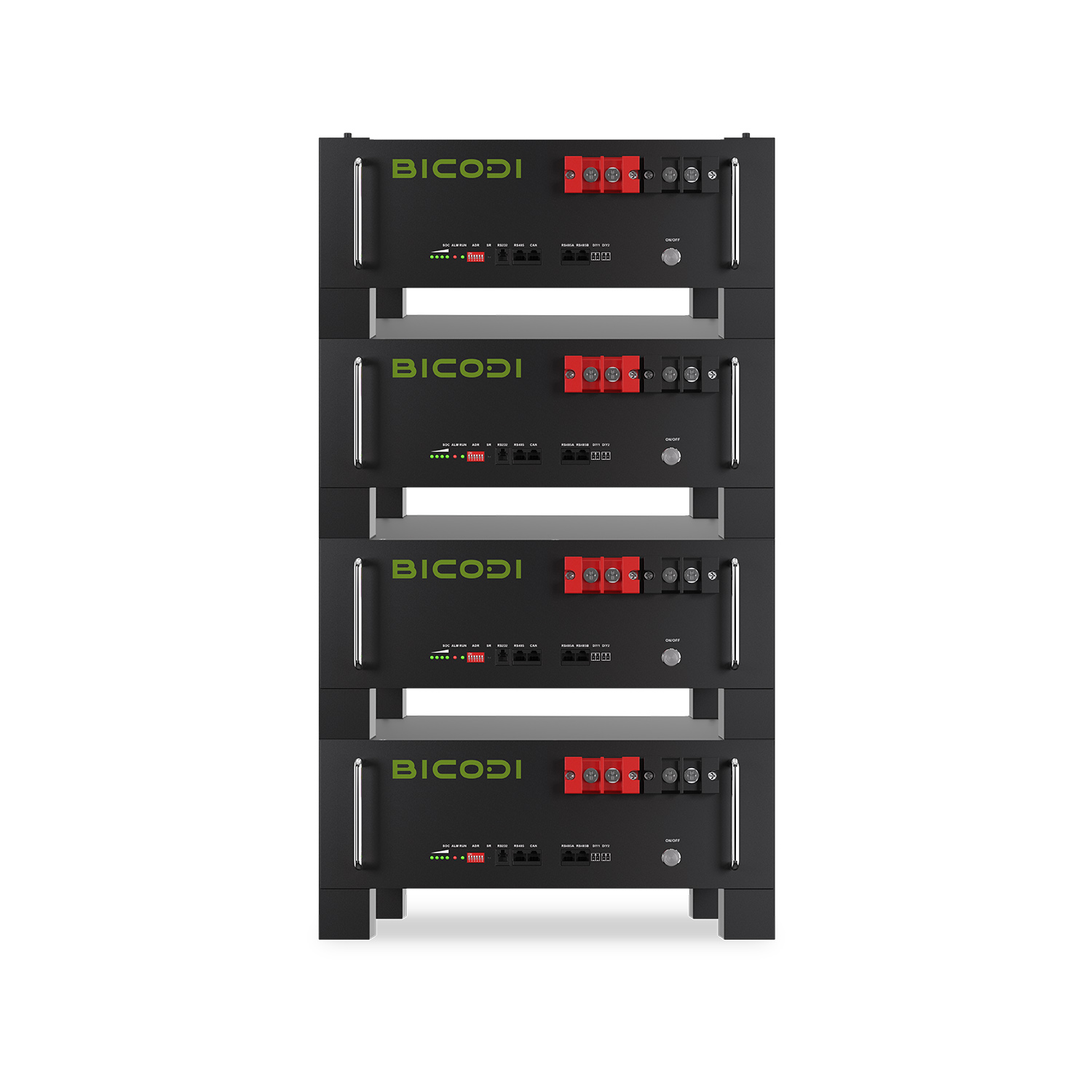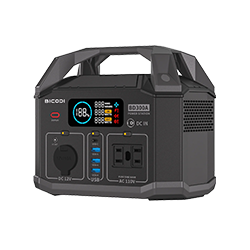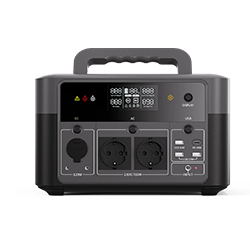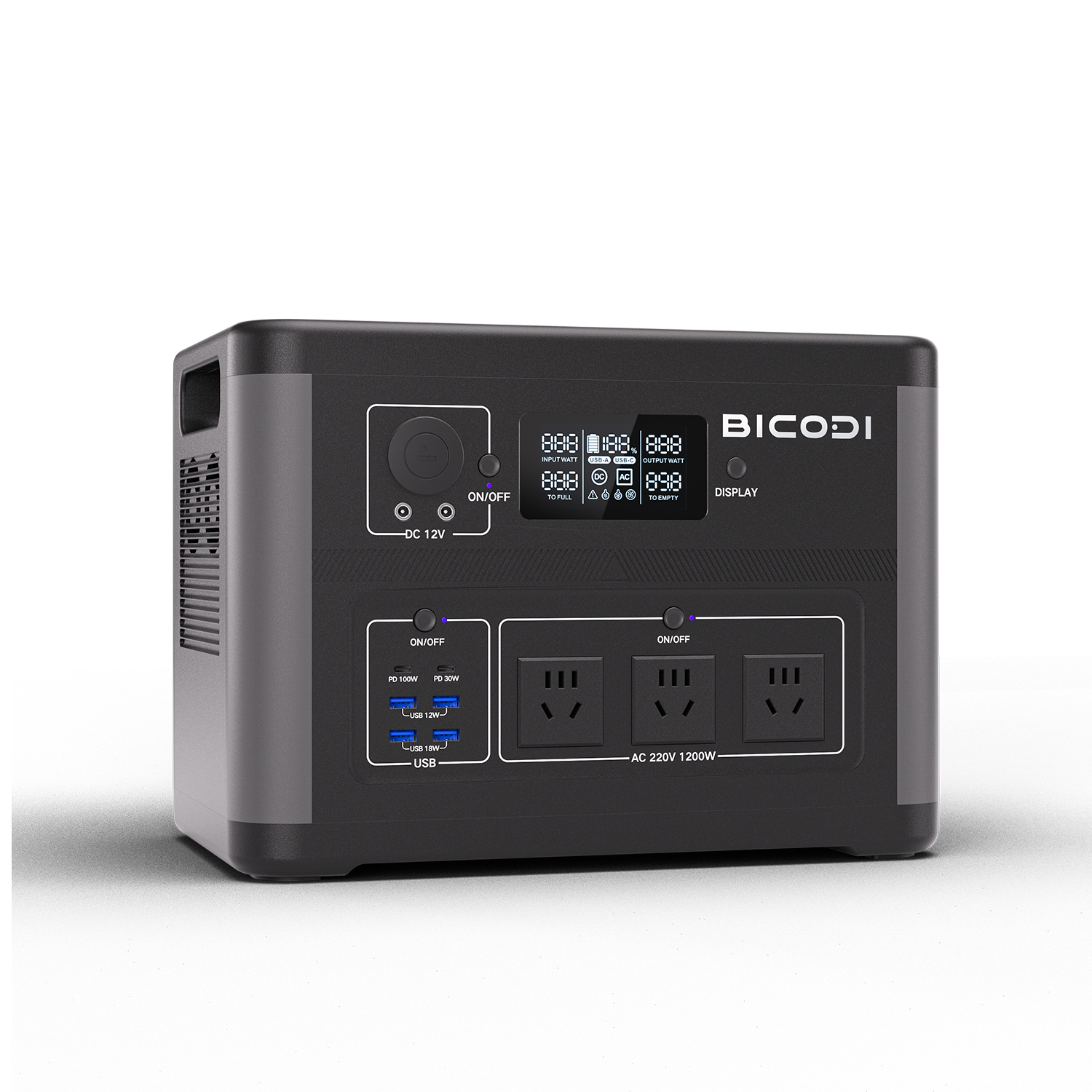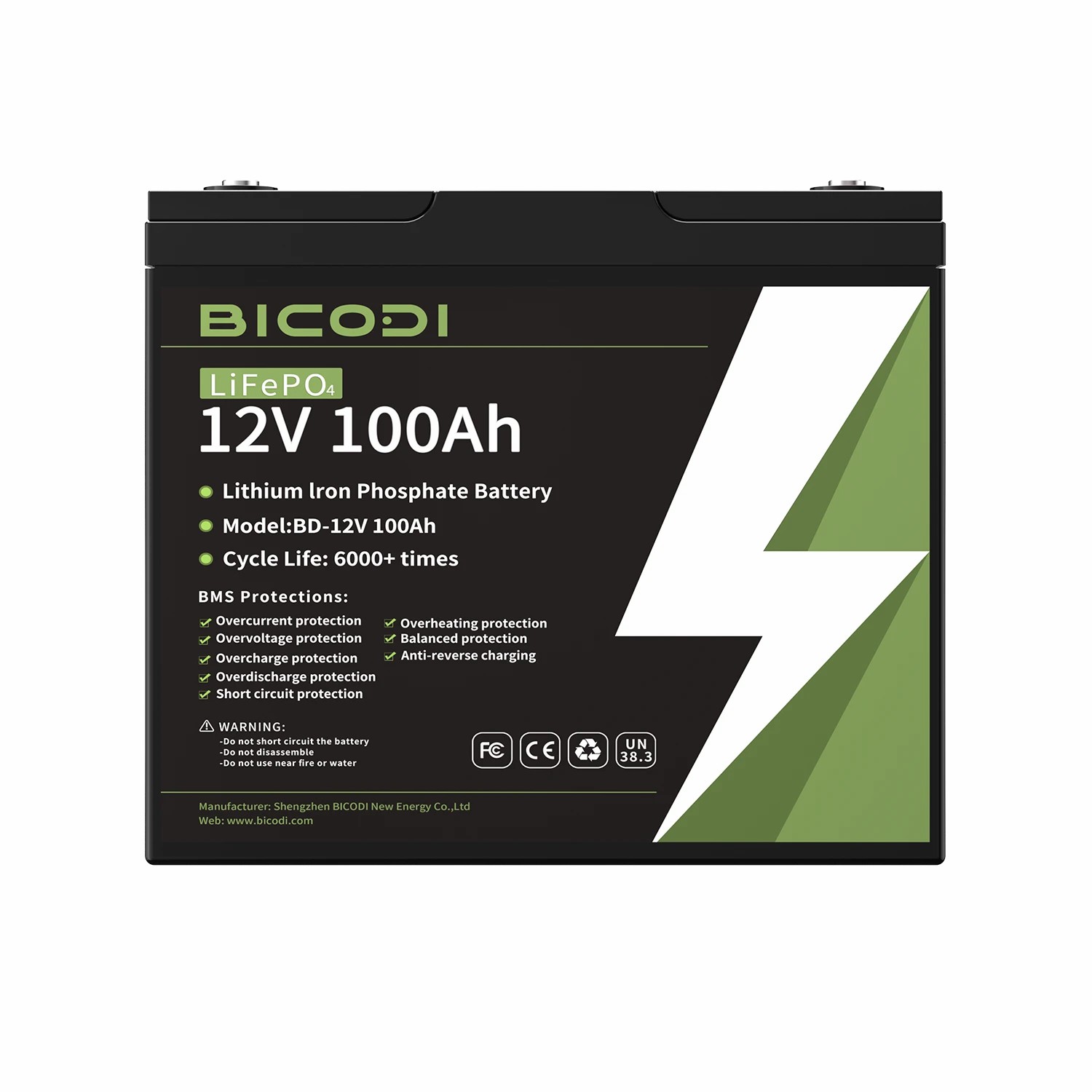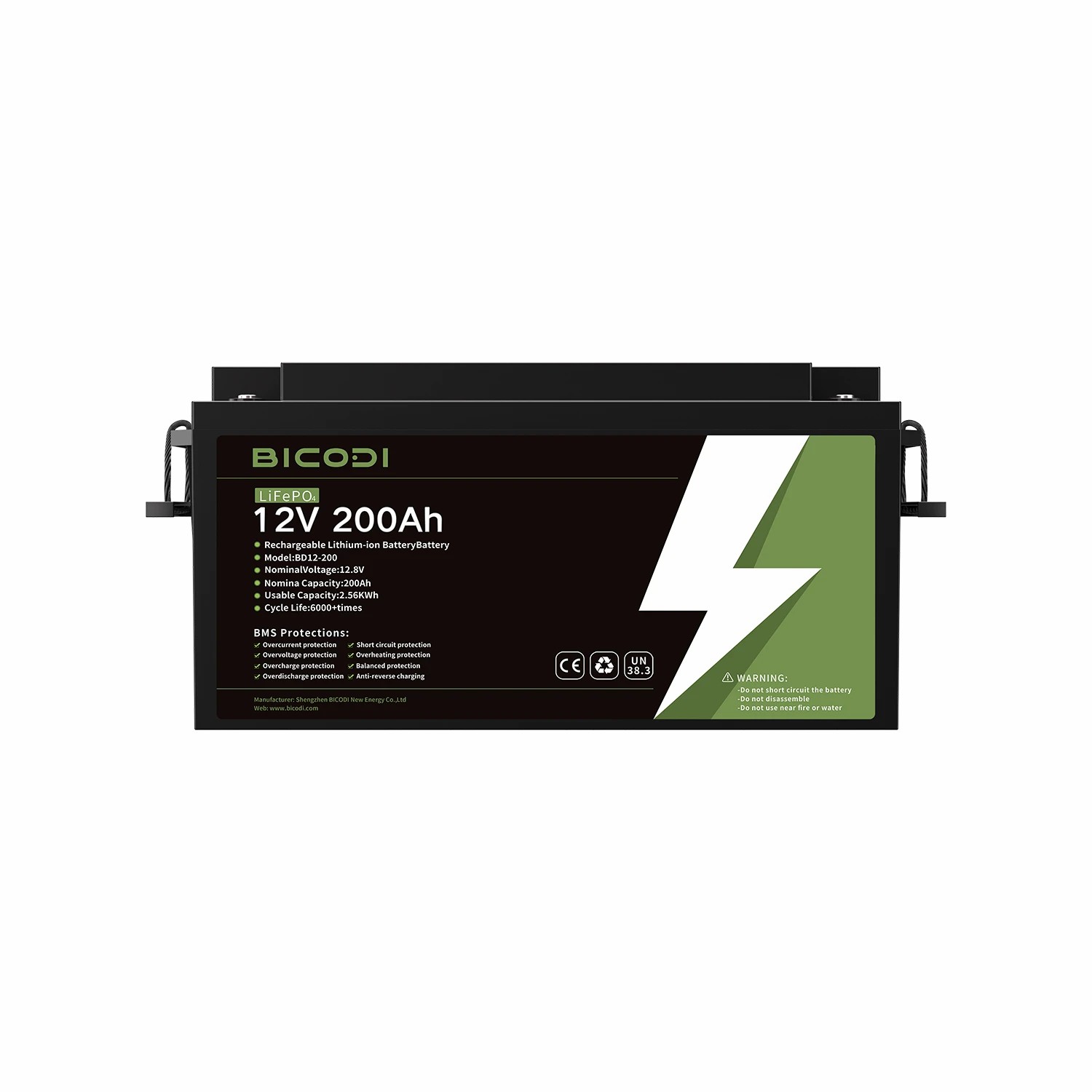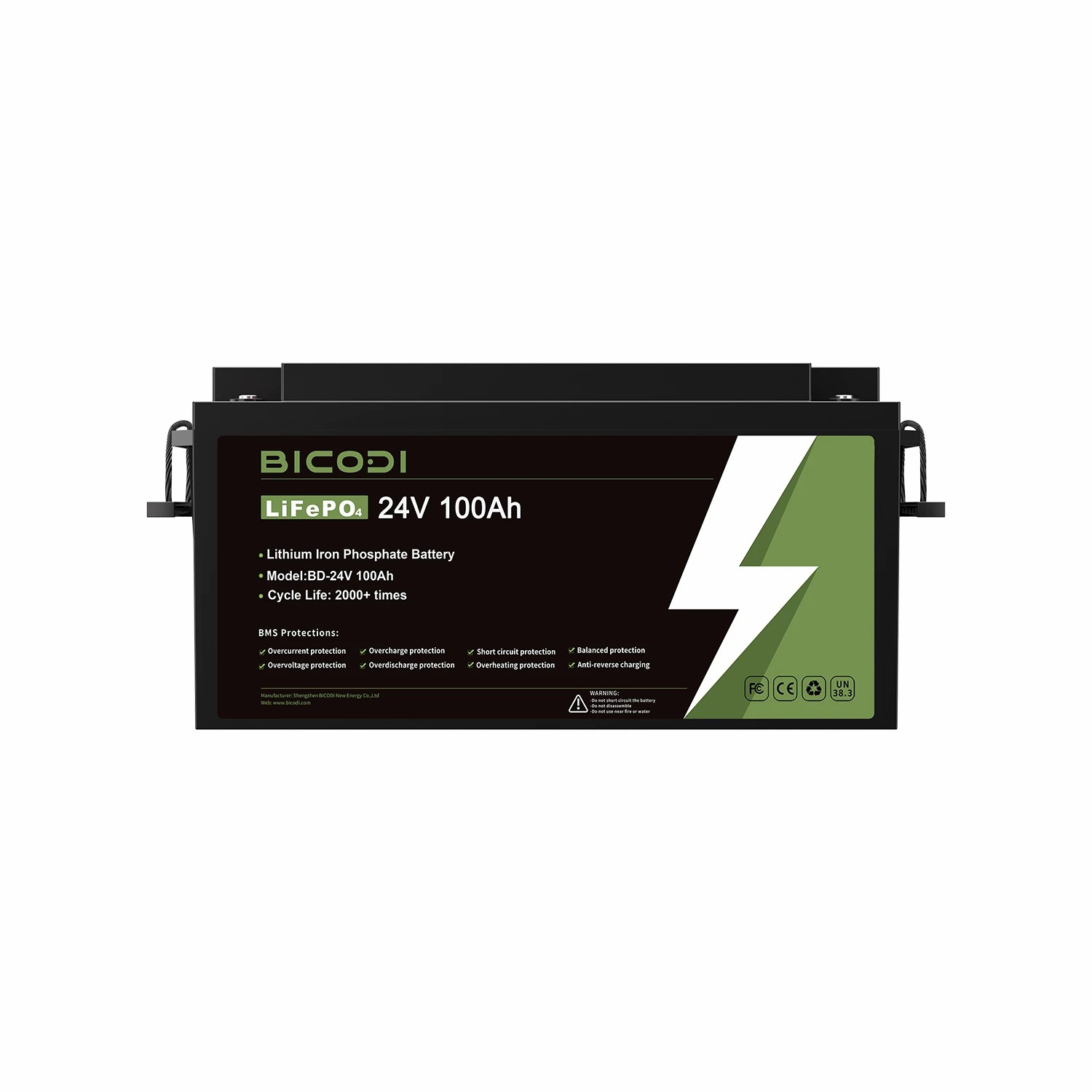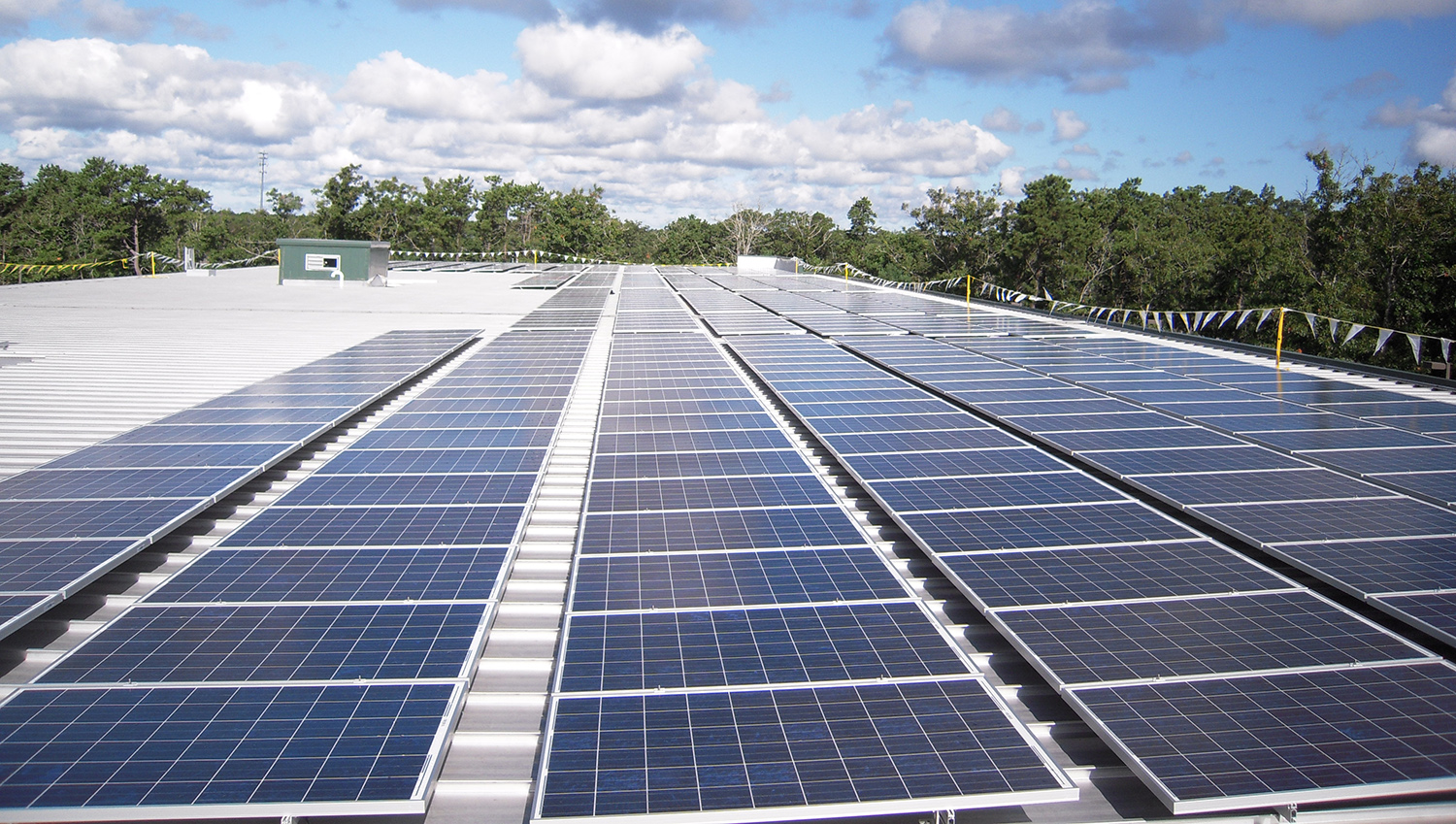Solar Energy Industries Association (SEIA) released the latest industry data show that although the United States energy storage manufacturing competitiveness has improved in the past two years, and the first three quarters of 2023, the installed capacity of energy storage is also growing, but the United States local energy storage equipment production capacity supply level is unable to meet the established climate goals. For the U.S. to establish a strong energy storage industry chain, but also need to cross the lack of professional and technical personnel, bottlenecks in access to raw materials, relatively high costs and other multiple "hurdles".
Industry competitiveness needs to be improved
SEIA said in the report that lithium-ion batteries are the primary energy storage technology for renewable energy applications in the U.S. today. The forecast sees global battery demand growing from 670 GWh in 2022 to more than 4,000 GWh by 2030 in applications such as solar and electric vehicles. Of these, the installed capacity of energy storage systems required in the renewable energy sector will grow from 60 GWh to 840 GWh, while the installed demand for U.S.-based energy storage systems will grow from 18 GWh in 2022 to more than 119 GWh.
In the past few years, the U.S. government has repeatedly proposed to subsidize and support the local energy storage industry chain. The U.S. Department of Energy has emphasized that it will boost the U.S. indigenous energy storage market by means of large subsidies to battery energy storage manufacturers and supply chain enterprises, increasing infrastructure investment, and strengthening vocational education and training.
However, the U.S. domestic energy storage industry chain supply growth rate is less than expected. Data show that at present, the U.S. domestic battery energy storage system capacity is only 60 GWh. Although the current policy stimulus, the U.S. energy storage market has gained an unprecedented scale of financing, but the project can ultimately land also need to take into account the manufacturing experience, professional talents, technical level and other issues, the U.S. local energy storage industry chain global competitiveness is still insufficient.
Insufficient supply of raw materials is an obvious bottleneck
Insufficient supply of raw materials is the main problem plaguing the energy storage industry in the U.S. SEIA pointed out that the production of lithium-ion batteries, including lithium, phosphorus, graphite and other key raw materials, but most of these key raw materials are not mined in the U.S., need to be imported.
Not only that, SEIA further pointed out that the supply of lithium, graphite and other key raw materials is even tighter, in which the graphite material is the U.S. battery energy storage industry is facing a "potential bottleneck". Currently, the United States does not have any natural graphite production base, although Australia and Canada can export graphite, it still can not meet U.S. demand. To fill the demand gap, the United States will have to seek to import more natural graphite or synthetic graphite materials.
There are still multiple challenges ahead
SEIA's President and CEO Hopper said that the ability of the United States to improve grid reliability depends on the speed of local production and deployment of battery energy storage technology, but the current U.S. energy storage industry still faces many competitions and challenges.
SEIA said that changes in the energy market for U.S. manufacturers to put forward higher requirements, the construction of domestic energy storage base is imperative. To reach the established climate goals, the U.S. domestic production of energy storage products not only need to meet the demand, but also should be delivered at a competitive price, stable quality, time and capacity. To this end, SEIA recommends that the U.S. government increase the supply of raw materials and take incentives from state governments to reduce the cost of pre-project investments, not to mention the need to accelerate project construction, capitalize on existing manufacturing experience, and strengthen cooperation with partner countries to promote upgraded workforce levels.
Although the U.S. installed capacity of energy storage has grown rapidly over the past year, the speed of construction can not keep up with the growth rate of demand, for project investors, in addition to raw materials, costs and other bottlenecks, in fact, also faces the problem of slow approval process. In this regard, it is recommended that the U.S. government further accelerate the approval speed of energy storage projects, further improve the investment environment, and promote energy storage market financing.
Post time: Dec-22-2023








